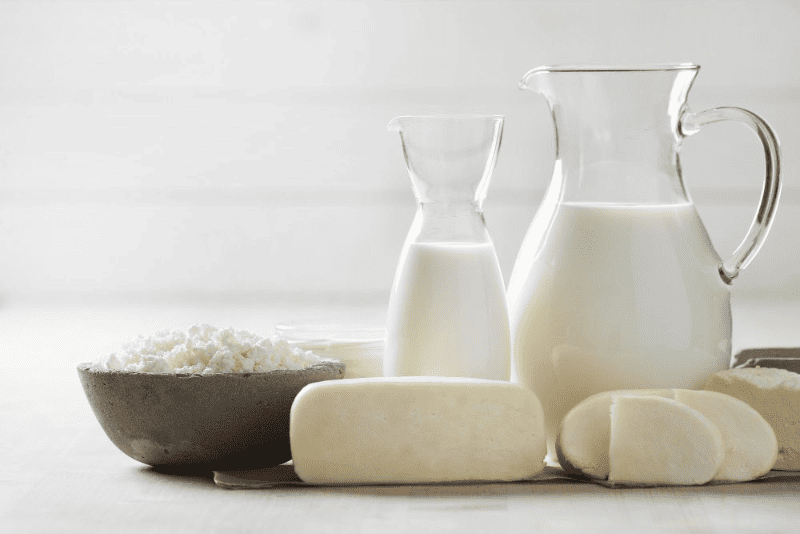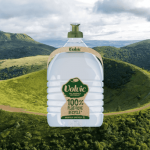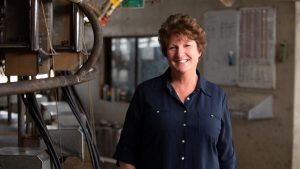
As households grapple with the financial strain, a shift in consumer behavior, particularly in essential areas like food, has become increasingly evident. While there’s a glimmer of hope with inflation rates plateauing and even receding, the Reserve Bank of Australia warns that the economic challenges persist.
Amidst this turbulence, there’s a silver lining for consumers in the realm of fast-moving consumer goods (FMCG). The once steep trajectory of price hikes is now showing signs of tapering off, writes Darynews.today with a link to the report Dairy Australia.
However, this relief comes at a price. Inflationary pressures rippling through the supply chain have compelled consumers to tighten their belts, resulting in reduced purchasing and even outright avoidance of certain products. Consequently, retail prices have climbed, particularly impacting categories like dairy.
As retail prices approach their zenith, the real test lies in sustaining value growth amidst dwindling sales volumes. Dairy products, though facing hurdles, have shown resilience. Items like butter, cheese, and yogurt are witnessing an uptick in sales, fueled in part by the cost-saving tactic of consuming more at home.
Notably, the milk category presents a unique challenge. While overall sales volumes have dipped, the emphasis on minimizing waste has seen a shift towards smaller pack sizes, notably the three-liter variety, which now dominates fresh milk sales.
Furthermore, the prevailing cost-conscious mindset has propelled many towards private label (PL) products. In the dairy segment, PL milk sales have surged, now commanding an equal share of the market value compared to branded counterparts.
In essence, as Australian consumers navigate the fluctuating tides of inflation, their adaptability and strategic consumer choices remain pivotal in weathering the storm.
You can now read the most important #news on #eDairyNews #Whatsapp channels!!!
🇺🇸 eDairy News INGLÊS: https://whatsapp.com/channel/0029VaKsjzGDTkJyIN6hcP1K

























